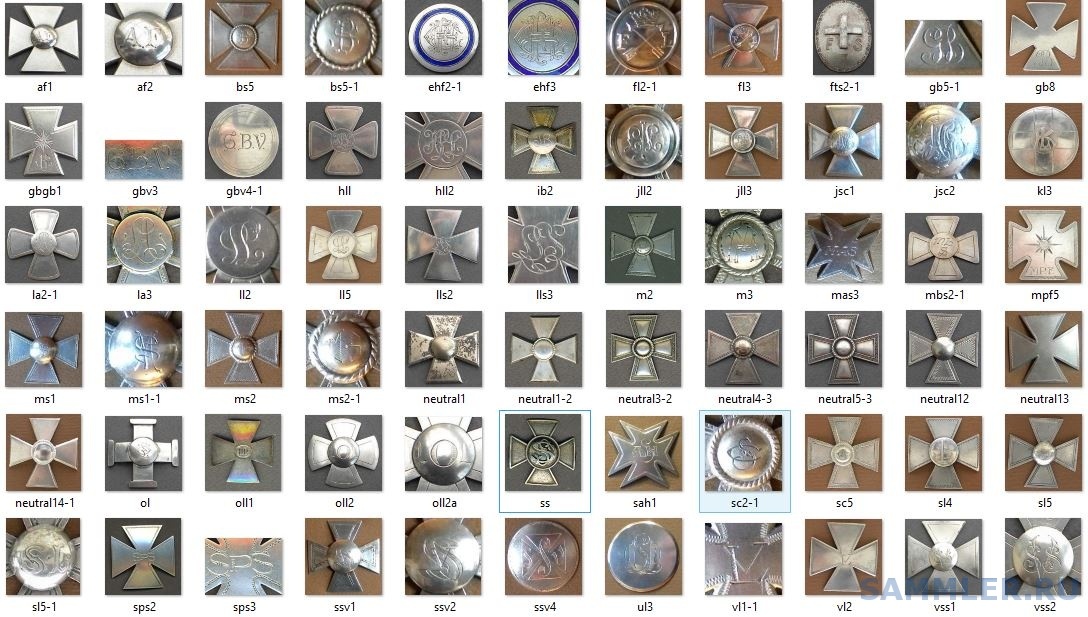Richard Moss? https://www.culture24.org.uk/history-and-heritage/military-history/art72411 Designated Collection: exploring the medal collection at the Royal Engineers Museum Rebecca Nash interviewed by Richard Moss | 05 October 2009 © Richard Moss / Culture24 Culture24 continues its exploration of the Designated collection at the Royal Engineers Museum, with Head Curator, Rebecca Nash talking about the medal collection “From our point of view the three medal rooms are our memorial to past Royal Engineers. We have about 6,500 medals in the collection, including ones from the four Field Marshals of the Corps including General Kitchener’s regalia and medals. The campaign medals were re-issued to his family because when he was killed on HMS Hampshire he had them with him. We have his freedom of the city of London sword, which is a fantastic example of the goldsmith’s craft, and the Field Marshal’s baton. The detailed level of engraving and sculpture on them is superb. If you look at the medals belonging to Generals Burgoyne and Napier, the intricacy of the George and the Dragon motif is extraordinary. Napier was part of the Abyssinian campaign, but the collection ranges from this kind of thing to individual medals from the Engineers, mainly donated by families.” Beneath the glittering medal displays of impressive General’s medals, orders and Field Marshal’s batons Rebecca pulls out a drawer of general service medals. “We try to have a photograph of the recipients to make it more human. We get families coming back – so if they have donated and the grandchildren have grown up a bit, they come back to look at the collection. We never turn away a Royal Engineer medal, even if they come without paper-based materials. At the moment we display all of them but when we reach capacity we’ll rotate them every six months. There are so many stories here – a military cross in the collection from a young lieutenant or the miniature cross from part of a sergeant’s group. We queried this because the Military Cross was a gallantry award only given to officers. Apparently the lieutenant won a Military Cross in World War One, but he was upset no-one else in his section got noted, so he gave silver miniatures to his entire company.” © Richard Moss / Culture24 “These two boards are called our Ubique boards – Ubique being the Corps motto, “everywhere”. They show examples of every medal the Corps has won. They’ve been in every British Army campaign since 1768, starting with the Defence of Gibraltar, through the Napoleonic general service medals – for Spain and Portugal – and empire campaigns in India, Afghanistan and China. Some of them are very rare. Some are rarely given to Army officers – the Baltic Crimean medal was mainly a naval campaign, but Royal Engineers were attached. Few were given to soldiers. When plague broke out in Hong Kong in 1894 the Royal Engineers were there digging burial pits – you can see the detail of engraving on the back of these Hong Kong plague medals. This East and West Africa medal 1887 – 1900 isn’t very politically correct – it shows a British soldier hunting down African tribesmen. The Afghan war medal has an elephant with a cannon on the back in incredible detail; they are little works of art in themselves.” We move into the Victoria Cross Room containing 25 Victoria Crosses. "We have got 25 Victoria Crosses in the collection, from the very first ones in the Crimean War to one of the two Second World War VCs. We display them with citations, which tend to give a basic description of what they were won for, but there are great stories behind all of them. Sgt Ross won his VCs in the Crimean War for finding a Russian fort and leading an attack on it. There are a few key VCs that we have. This VC is quite unusual, award posthumously to Lieutenant Digby Jones. Up until 1900, in the Boer War, you had to survive to be awarded the VC. Digby-Jones won his after a report in the London Gazette suggested he and Trooper Albrecht would have won a VC for their act of gallantry, causing public clamour. We also have the revolver he used, on display in the general collection. The VC is such an unobtrusive medal. It doesn’t shout out at you. You would expect the highest award for bravery to be glitzy and shiny, but they’re subdued – quite mournful really.” © Richard Moss / Culture24 "This is Sapper Hackett, the only tunneler to win a VC in the First World War. His story really gets the adrenaline pumping. He was underground in the silent depths, beneath no-man’s land. His section was digging when the Germans blew a mine, causing a section of the tunnel to cave in. They managed to scramble through the debris but in the initial explosion one of the section had been badly injured, so he couldn’t get through. Hackett refused to leave him – he put his comrades first. That really stands out for me – that in the darkness and silence he decided to stay. He’d been a miner before the war so he knew the danger. When the rest of the section went through, the hole closed and after about seven days of trying to save them, the rescue party finally gave up. The urge to save himself wasn’t there – it was a complete sacrifice. We are working with a group who may have located the shaft where he was killed, just outside Givenchy. They are fundraising for a memorial. Captain James McCudden was one of the Royal Engineers to serve in the Corps and then transfer to the Royal Flying Corps when it was formed. He won an amazing number of gallantry awards. He’s got a Croix de Geurre with palm leaves, an allied Victory medal with a mentioned in despatches bar on it, a Military Medal from time as an NCO, he has a military cross for gallantry – the silver bar across the ribbon shows that he won that twice, he’s got a distinguished service order for gallantry and again the bar across the ribbon shows that he won that twice as well. Then there’s the VC. He came from a Royal Engineer family, his father was in the Corps. He was born in Brompton and three of his four brothers joined the Royal Engineers. They all transferred to the Royal Flying Corps and were killed in the First World War. He won his Victoria Cross for shooting down 54 German planes, becoming one of the aces of the First World War. We’re in the process of redesigning these displays – adding more signage, orientation and remounting. We’re going to display more of the artefacts and archival material and we’ll probably dispense with the dry citations. One of our VC’s from the Crimean War has a rather bland citation, but his officer’s report commends him for gallant carpentry in the face of the enemy! It was for reinforcing artillery positions under enemy fire. We want people to know these stories."






